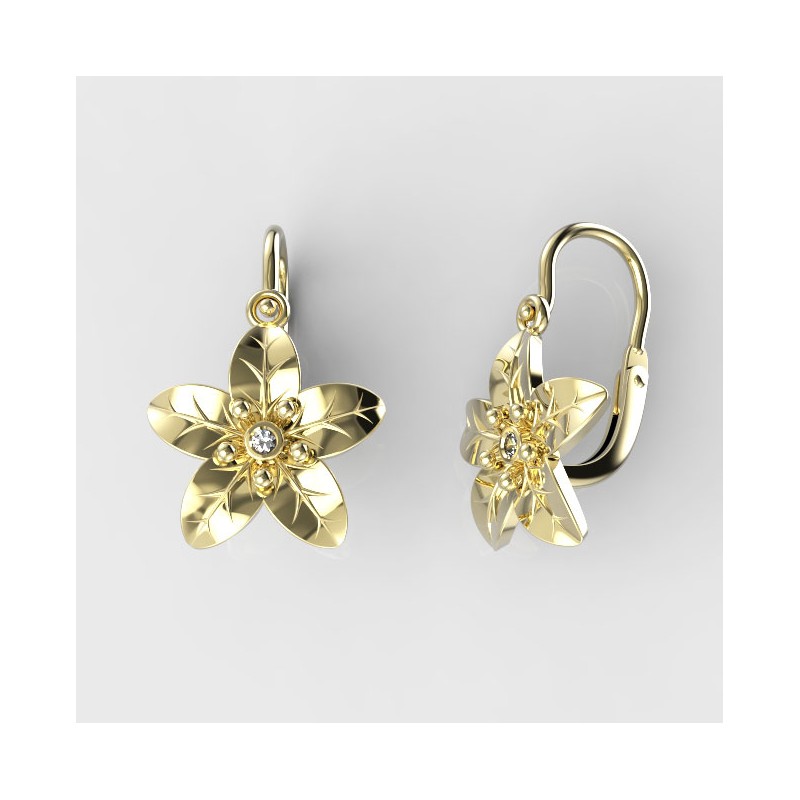
Jak si vytvořit náušnicese Swarovski Elements na háčku jak si vytvořit nausnice swarovski - Top-koralky.cz

Jak si vytvořit náušnicese Swarovski Elements na háčku jak si vytvořit nausnice swarovski - Top-koralky.cz

Vytvořte si jednoduše a rychle šperky se Swarovski Elements jak si rychle a levne vytvorit sperky swarovski - Top-koralky.cz

Jak si vytvořit náušnicese Swarovski Elements na háčku jak si vytvořit nausnice swarovski - Top-koralky.cz

Hvězdičkové náušnice Swarovski Elements - návod na korálky Aktuálně - obchod s komponenty Swarovski - Top-koralky.cz





















